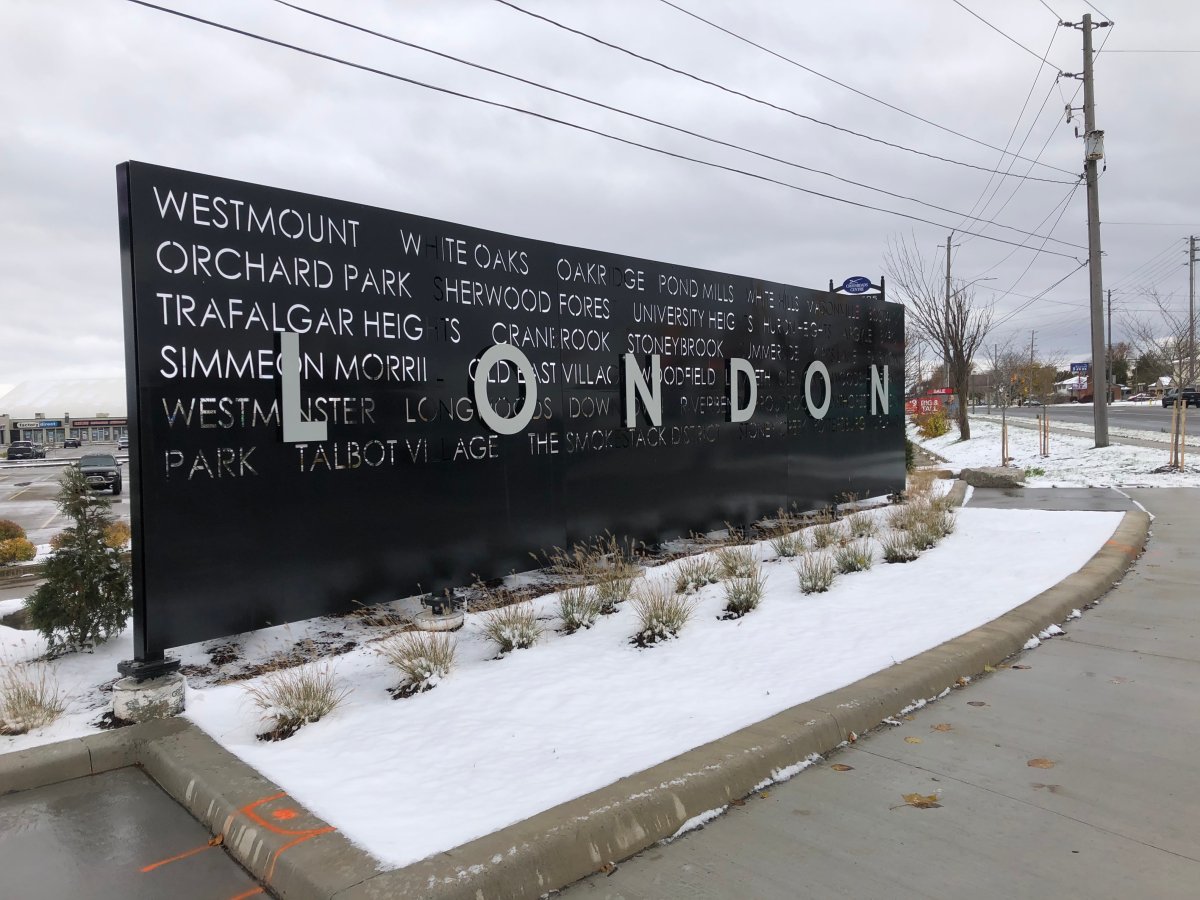Local officials say a move to red from orange under the province’s COVID-19 response framework would not be surprising, but the real concern is whether the change would have a measurable impact.

Mayor Ed Holder says local data would “justify absolutely going into red and potentially into grey” while medical officer of health Dr. Chris Mackie says that rising case counts over the last couple of days make a move to red “somewhat more likely.”
Still, both have expressed concern that a change would do little to improve local outcomes.
“If the province puts us into the red tier, that’s no quick fix either. We’ve seen case accounts continue to rise dramatically in other jurisdictions across the province several weeks after having those additional measures imposed,” Holder said.
“Even in Toronto and Peel — they are beyond red, they’re in that so-called grey zone, that grey tier of full lockdown — they’re still seeing their daily case counts rise.”
At Thursday’s MLHU media briefing, Mackie was asked if he was confident moving to the red zone would work to curb the spread of the virus here.
“No, I’m definitely not confident. I think that, really, the effectiveness of enhanced measures depends very heavily on whether they’re taken up by the population or not,” he said.
Mackie used the example of maximums for indoor gatherings in public and private settings, saying that officials have “some degree of certainty that those can be enforced in public settings.”
“They really are difficult to enforce in private settings. So if people don’t change how they’re gathering in their homes with friends, family, neighbours, then the restrictions really have a limited impact. So, as always, we absolutely need the support and cooperation of the people of London and Middlesex in order to get this under control.”
Mackie also outlined where the region fits within the criteria set out by the province that would warrant a move from the current orange tier to the red tier.
According to Mackie, the MLHU meets the threshold for case counts, the reproductive number, and repeated outbreaks in multiple sectors or settings and increased number of large outbreaks.
For metrics the region doesn’t meet, however, Mackie said there are local factors that need to be considered.
The per cent positivity criteria, Mackie said, “is somewhat biased in our area because we have so many long-term care retirement home test results” involving low-risk individuals that have to be tested, which could skew local numbers.

Another criterion involves an increase in the level of community transmission/non-epi-linked cases as well as public health capacity. Mackie says the MLHU is holding steady because of heavy investments and changes to workflow.
“We’re now in our third round of redeployment of staff since last summer within the health unit staff. That’s on top of hiring dozens of external staff to join those teams, as well as the contribution of city staff who are working on our contact tracing team,” Mackie said.
“Essentially, public health capacity is holding out because of massive redesign and redeployment and definitely is at risk of being overwhelmed if we continue to see case counts grow.”
The capacity of the health-care system in the region is also a criterion, and Mackie said, at this time, hospitals and intensive care units are “holding out.”
“But there is certainly a risk of being overwhelmed if we’re not able to control the spread.“
The decision to move regions within the COVID-19 response framework is made by the province and would be announced on Friday.
“Each week the province makes sure that they connect with local health units to ensure that they have the latest data. We do have those conversations. Where it’s less clear where the community should end up from the framework, there’s a live conversation between the medical officer of health and the chief medical officer of health,” Mackie explained.
“What happens then is the chief medical officer of health makes his determination of what his recommendation would be, and that goes to cabinet for their meeting on Thursday for public announcement Friday and implementation Monday.”
On Thursday, the London and Middlesex region set a new daily coronavirus case record after local health officials reported 52 new infections. It was the second day in a row, and at least the third time in just over a week, that a new daily record was set.
–With files from Global News’ Matthew Trevithick









Comments